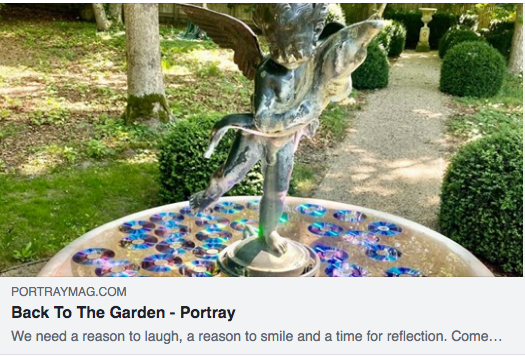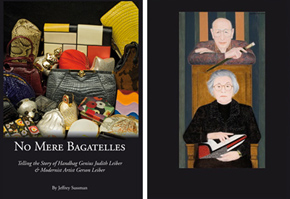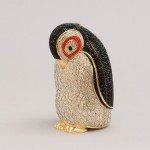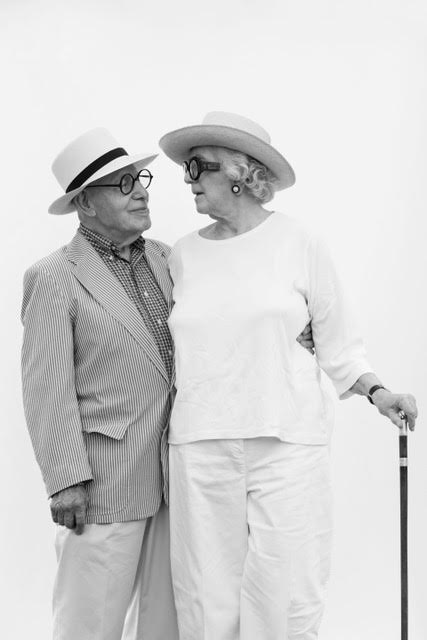- Welcome!
- #GivingTuesday
- Exhibitions and Events
- Past Exhibitions
- 2008: Antique Chinese Porcelains from Eight Dynasties (206 BCE to 1912)
- 2009: Will Barnet Prints / Gerson Leiber Watercolors
- 2010: Japanese Woodblock Prints from the Leiber Collection
- 2011: DRAWINGS DRAWINGS DRAWINGS: Recent Works on Paper by Gerson Leiber
- 2012-2013 Judith Leiber – An American Journey : From Artisan To Fashion Icon
- 2014-2015: THE MARRIAGE OF TRUE MINDS ~ GERSON AND JUDITH LEIBER
- 2016 Two Exhibitions: Gerson and Judith Leiber
- 2020 – The Garden of Friends
- Past Exhibitions
- Judith Leiber
- Gerson Leiber
- The Garden
- Press
- Tickets
- COVID-19
JUDITH LEIBER
Born in 1921, Judith Peto Leiber was the first female apprentice and master in the Hungarian handbag guild. She survived World War II in hiding, and met her husband Gerson, an American soldier, in the streets of Budapest when the city was liberated. After moving to the United States as a GI bride, Leiber worked as a pattern maker and then foreman for several handbag companies until she formed her own company in 1963. Initially, she and her husband were the sole employees of the company.
Leiber did all the designing and production while he made deliveries to major department stores. Leiber’s first factory had four employees whom she worked alongside, teaching them her expertise.
“There was such a sense of camaraderie, with all of us working together, producing these handbags,” said Leiber. “I made my first line in a gray/green calf which was not that well received. Nevertheless, I was determined to make my bags as beautiful and as well as I could and not to compromise. I have never swerved from that goal. Never.”
Today, her handbags are included in the collections of the Metropolitan Museum of Art, The Smithsonian Institution, The Victoria and Albert Museum and many other collections.
Press

- Back To The Garden - Portray Magazine
- FIU News – Jewish Museum of Florida-FIU to launch Judith Leiber: Master Craftsman
- Christie’s – The best museums for handbag collectors
- Long Island Weekly – New Nassau County Museum of Art Exhibition Highlights All Four Seasons
- Newsday – ‘The Seasons’ is in full bloom at Nassau County Museum of Art
- Obituaries
- New York Post - The WWII love story behind NYC’s sparkliest handbags
- New York Magazine - Hillary Clinton and Sex and the City Loved These Rhinestone Purses
- WAG Magazine - Celebrating the Creativity of Judith Leiber
- Dexigner - Judith Leiber: Crafting a New York Story
- East Hampton Star - Leiber Handbags Celebrated at the Museum of Arts and Design
- Hadassah Magazine - Judith Leiber: All in the Bag
- Couture Notebook, "Judith Leiber: Crafting a New York Story” with Crystal Minaudières
Biography

NO MERE BAGATELLES, the story of Holocaust survivor and handbag design genius Judith Leiber and modernist artist Gerson Leiber, has just been published. Read more here.
Search







